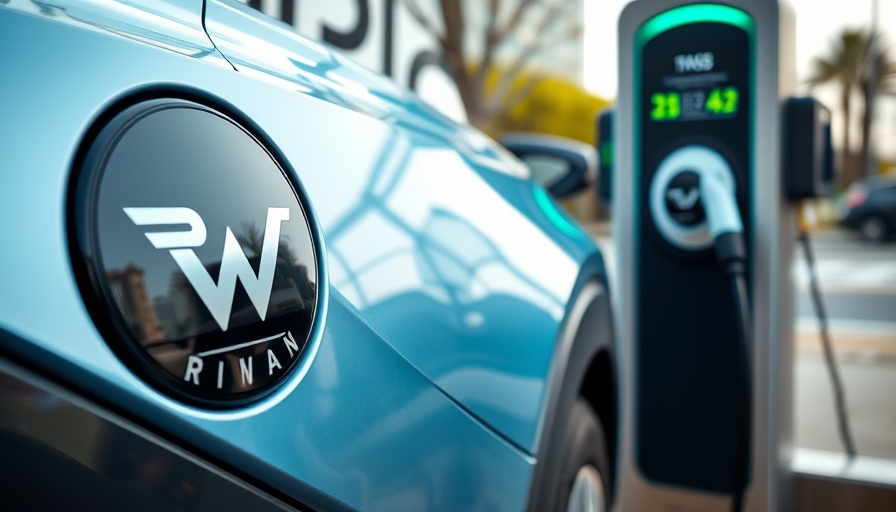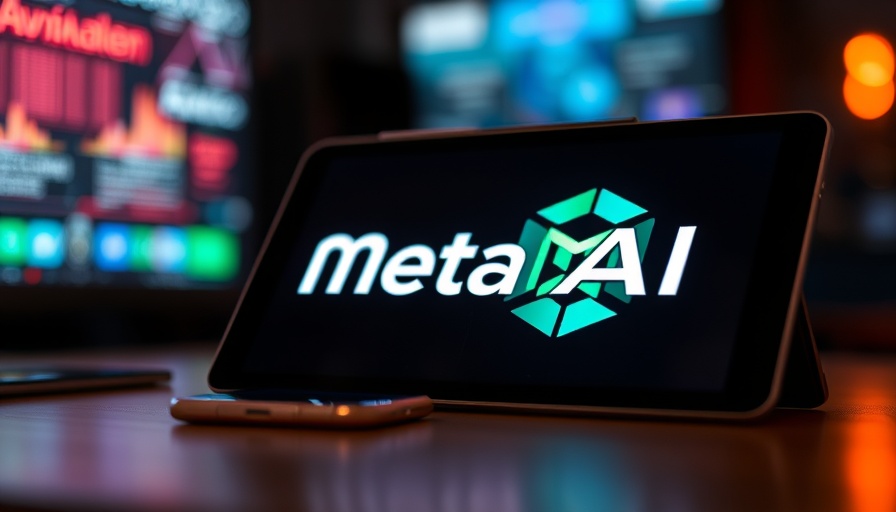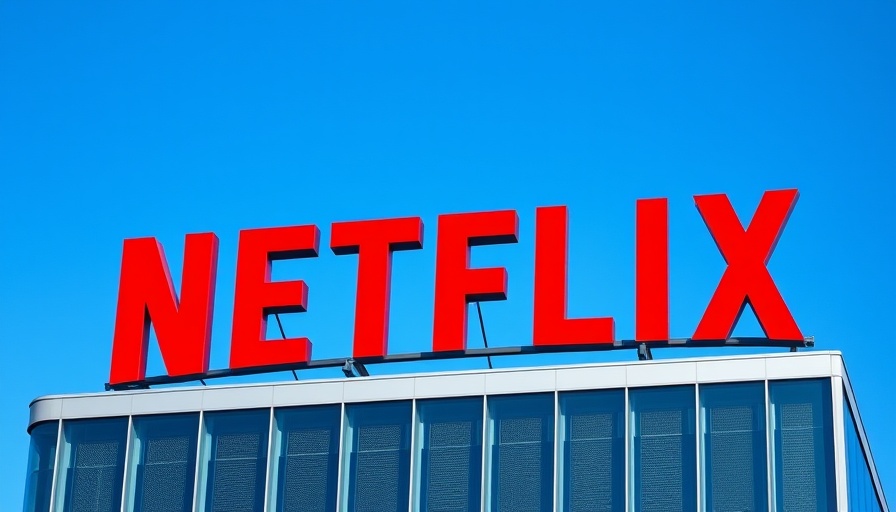
Rivian's Bold Comeback in Georgia: What to Expect
After months of uncertainty, Rivian is gearing up to restart work on its anticipated Georgia factory this August, aiming to enhance its production capabilities. Emails obtained through a public records request unveil a renewed commitment after a substantial approval from the Department of Energy for a $6.6 billion loan.
The Financial Commitment
Rivian has significantly ramped up its investment in the project, now totaling more than $80 million as of June 20, 2025. This is a marked increase from $41 million just a year prior. The project is a beacon of hope for local employment, having already created 46 full-time jobs. The company is set to begin critical installations, termed "deep utilities," in August, paving the way for vertical construction in the first quarter of 2026.
Strategic Supplier Engagement
In tandem with construction efforts, Rivian is proactive in strengthening its supply chain. The electric vehicle (EV) manufacturer is reaching out to current suppliers and seeking out new partnerships with local businesses that could join them near the factory location. This move reflects Rivian’s strategy to enhance the local economy and ensure a steady supply of components necessary for the production of its next-generation R2 SUV and R3 hatchback, targeted for completion in 2028.
A Partnership in Progress
Rivian's founder, RJ Scaringe, recently met with Georgia’s Governor, Brian Kemp, indicating a strong collaborative relationship between the company and the state. Scaringe referred to this meeting as a “top priority,” highlighting their shared commitment to the project's progression. Despite some political discussions around the project, Rivian is choosing a path of cooperation focused on mutual benefits in developing the Georgia tech ecosystem.
Looking Back: Rivian’s Journey
Rivian's journey has been tumultuous since announcing the Georgia factory shortly after its IPO in late 2021. Originally, construction was poised to begin in 2022, with hopes that production would follow by 2024. However, delays brought challenges that Rivian, like many in the tech industry, had to navigate amidst shifting economic tides. Now, with renewed vigor and financial backing, the company’s resurgence signals strength and resilience in a sector that is always evolving.
The Implications for the Electric Vehicle Market
As Rivian recommits to its manufacturing prowess, this could influence not just local economies but the national landscape of electric vehicles. Investors will likely be watching these developments closely, as Rivian’s bid to capture market share in the competitive EV sector hinges on the successful launch of this factory. The Georgia site is more than just a factory; it represents Rivian's strategic foothold in a burgeoning market.
Conclusion: Rivian’s Future and Beyond
With Rivian set to resume construction of its Georgia factory, all eyes will be on the company to see if it can realize its ambitious plans. This development strikes an optimistic note not only for Rivian but also for the broader electric vehicle market and the American innovation landscape. If successful, the factory could become a cornerstone of production for some of the most exciting electric vehicles on the market today.
Stay tuned for more updates as Rivian and other companies continue to navigate the changing tides of technology and business.
 Add Row
Add Row  Add
Add 



Write A Comment